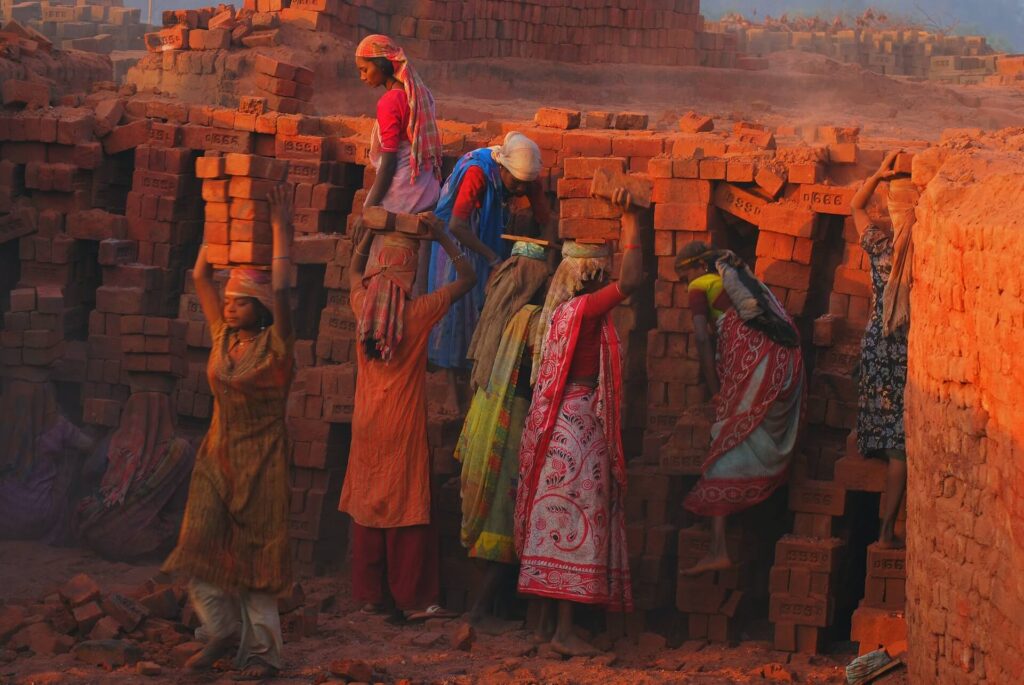April 23, 2022
Good morning. Every Saturday, we write about one specific right that you possess as a citizen in our country. In today’s edition of “Know Your Rights”, we look at the rights of unorganised workers in India.
KNOW YOUR RIGHTS – EDITION 36
Rights of Unorganised Workers

According to the Union government’s estimates, around 93% of India’s total workforce falls in the unorganised sector. They can include anyone from construction workers and beedi rollers to auto drivers and housekeepers. A report from consultancy firm Deloitte says that around 95% of women, i.e. 195 million women, work in the unorganised sector.
Despite its significant contribution to our GDP, unorganised workers are the easiest to exploit due to the lack of proper records. Some of the more common problems an unorganised worker faces are job insecurity, crazy long work hours, hazardous working and living conditions, etc. Women and children remain the most vulnerable in these situations.
To ensure some amount of social security for these workers, the government came up with the Unorganised Workers Social Security Act, 2008. Applicable to all of India, the main aim of this Act is to grant welfare to the workers and protect them in the eyes of the law. It even defines the unorganised sector and tells us who qualifies as an unorganised worker.
According to the Act, the unorganised sector includes any enterprise that works on the production and sale of goods or services of any kind. It must be owned by an individual, or the workers must be self-employed, and the enterprises must not have more than 10 workers. Thus, an unorganised worker is either self-employed, home-based or a contractual, casual or bonded labour wage worker.
The great thing about India being a socialist republic, as mentioned in our Preamble, is that our workers are pretty well covered when it comes to legislation. India also does not discriminate between organised and unorganised workers when it comes to granting rights. Thus, the following are the major rights of unorganised workers, as mentioned in Indian Constitution:
- Article 19 (1)(g): The fundamental right to practise any profession, occupation, trade or business.
- Article 19(1)(c): Freedom to form an association or union.
- Article 23: Freedom from forced labour.
- Article 24: Ban on child labour in any hazardous occupation for anyone under the age of 14.
- Article 38 (2): The State must minimise inequalities in income, status, facilities and opportunities among individuals.
- Article 39(d): The State must provide equal pay for equal work for all.
- Article 39(e): The health and strength of workers must not be exploited or abused for work.
- Article 42: Workers must be given just and human conditions of work. This includes the provision of sick leaves and maternity benefits.
- Article 43: The State must also ensure that workers are given a living wage and their working conditions must ascertain a decent standard of living.
Now, what’s important to remember here is that these rights cover all workers of India. The Unorganised Workers Social Security Act, 2008, however, was enacted simply to ensure that these rights, when it came to the unorganised sector, weren’t getting slept on. It provides a 3-tier system that oversees the entire sector.
Section 3 of the Act allows the Centre to come up with and notify welfare schemes for unorganised workers. The matters they secure are life and disability cover, health and maternity benefits, protections in old age, etc. For the state governments, the Section tells it to cover provident funds, worker’s compensation in case of injury, housing, education for workers’ children, skill enhancement, funeral support and old age homes. All of this is specifically for workers in the unorganised sector.
While this may seem comprehensive enough, implementation has always been a problem. The Act has also received a lot of flak for its lack of serious legislative policy and intent. Since it mostly acts as an advisory body, the main aim of providing social security to unorganised workers often gets pushed aside.
Even when the tunnel seems dark and unreasonably long, there is still light at the end somewhere. In India’s case, our judiciary has been incredibly proactive when it comes to the social security of workers. In recent years, the Supreme Court has been pushing the government to enable easier systems for registering unorganised workers for their benefit. It has also, on multiple occasions, questioned the government’s implementation of the 2008 Act.

